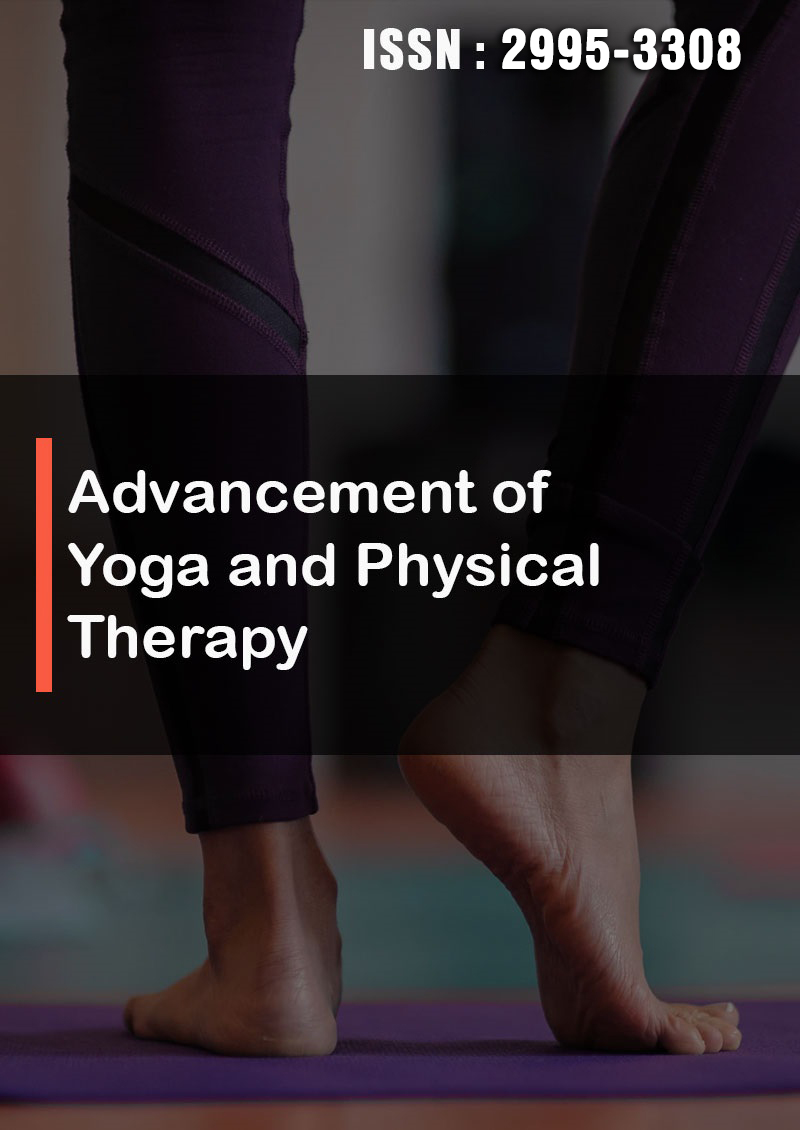LDL and Fasting Blood Sugar Can Be Normalized by Doing Exercise and Consumption of Fruits or Herbs
Abstract
Zafar H Tanveer, Ali Abuzar Raza, Syed Zeeshan Hyder Naqvi, Rabia Zafar, Sajida Zafar, Seema Shah Mu-rad, Saleemullah Lashari and Shah Murad
The effect physical activity has on blood glucose will vary depending on how long someone is active and many other factors. Physical activity can lower blood glucose up to 24 hours or more after workout by making body more sensitive to insulin. Become familiar with how blood glucose responds to exercise. Checking blood glucose level more often before and after exercise can help someone see the benefits of activity. Someone also can use the results of blood glucose checks to see how the body reacts to different activities. Understanding these patterns can help prevent blood glucose from going too high or too low. Hyperglycemia and hyperlipidemia are main risk factors for coronary artery disease like syndrome leading to morbidity, and mortality. This syndrome may be prevented by allopathic as well as herbal medicines like Nigella sativa and fibrates. Conventional allopathy related drugs have unwanted effects. Herbal therapy for hyperlipidemia well as diabetes mellitus type-2 [DMT2] is getting attention due to their less frequent side effects. In this study we have compared hypolipidemic effects of Fenofibrate 40 mg with Nigella sativa.
Sample Size and Study Area: Seventy-five hyperlipidemic and DM type-2 patients from National Hospital Lahore were enrolled for study. Consent, Grouping in Sample Size and Advise to Patients: After getting consent all patients were divided in three groups comprising 25 patients in each group. Group 1 was on Nigella sativa, group 2 was on Gemfibrozil 600 mg BD plus Glibenclamide 5 mg BD and third group was on placebo therapy. They were advised to take drugs for two months.
Results: After completion of study pretreatment and post treatment values of LDL cholesterol were analyzed statistically. In Nigella sativa group LDL cholesterol decreased from 191.14±3.45 to 159.40±2.98 mg/dl, means 31.7 mg/dl LDL reduction was observed when compared with placebo group. Fasting Blood Sugar [FBS] in this group decreased from 210 mg/dl to 180 mg/dl in two months which is significant change in this parameter. In Fenofibrate group of patient’s LDL cholesterol decreased from 197.77±3.91 mg/dl to 159.62±2.20 mg/dl, means LDL reduction in mean values was 38.2 mg/dl, when compared with placebo group. These changes are highly significant with p-values of <0.001. FBS in this group decreased from 219.65±1.10 to 171.76±2.04 mg/dl which is highly significant change in the parameter.
Conclusion: We concluded from this study that herbal medicine Nigella sativa is as effective hypoglycemic/hypolipidemic agent as traditionally used hypolipidemic drug Fenofibrate, and hypoglycemic drug Glibenclamide.




